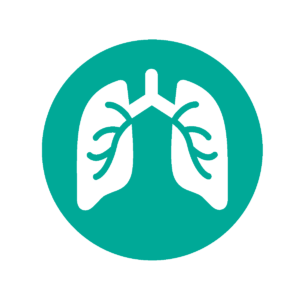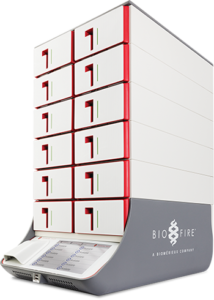Pneumonia is a leading cause of hospitalization worldwide.1 Signs and symptoms range from mild to life-threatening, and optimal treatment depends on quickly identifying the pathogen responsible for infection. But did you know that traditional testing methods fail to determine a causative agent in over half of pneumonia patients?2
The BioFire® FilmArray® Pneumonia (PN) Panel is a molecular diagnostic test that was made to meet this challenge. Our most advanced panel to date, it is the only FDA-cleared sample-to-answer assay that tests for 26 pathogens and 7 antibiotic resistance markers associated with pneumonia. It is also the first FDA-cleared molecular test to report semi-quantitative results on 15 bacteria.
Molecular Testing versus Traditional Methods
The BioFire PN Panel is faster and more sensitive than standard culture methods because it detects the nucleic acid of 33 different targets instead of relying on the growth of viable organisms. One patient sample, one syndromic test, and about one hour are all it takes for this rapid pneumonia test to deliver accurate, comprehensive results. Additionally, the inclusion of assays for viral agents on the BioFire PN Panel brings to light the previously underestimated role of viruses in pneumonia. A recent CDC-supported study determined that viruses were actually the most commonly detected pathogens in patients hospitalized with community-acquired pneumonia. By positively identifying viruses in the absence of a bacterial detection, the BioFire PN Panel could potentially help decrease unnecessary antibiotics use.2
Potential Impacts on Patient Management
Molecular testing for pneumonia is relatively new, and several studies are underway to clarify the role of methods like the BioFire PN Panel. Early hypothetical outcomes evaluations are promising, and the potential impacts of the BioFire PN Panel include improving targeted therapy, antibiotic de-escalation, improving patient outcomes, and reducing healthcare costs.3
Learn More About Pneumonia
- Test your pneumonia knowledge with this quick quiz.
- Visit our BioFire Pneumonia Panel page to help diagnose pneumonia faster.
References:
- GBD 2015 LRI Collaborators. Estimates of the global, regional, and national morbidity, mortality, and aetiologies of lower respiratory tract infections in 195 countries: a systematic analysis for the Global Burden of Disease Study 2015. Lancet Infect Dis. 2017; 17: 1133-61
- Jain S, et al. Community-acquired pneumonia requiring hospitalization among U.S. adults. N Engl J Med. 2015; 373:415- 427.
- Buchan BW, et al. Clinical Evaluation and Potential Impact of a Semi-Quantitative Multiplex Molecular Assay for the Identification of Pathogenic Bacteria and Viruses in Lower Respiratory specimens. American Thoracic Society Conference, May 20 2018, San Diego CA.





